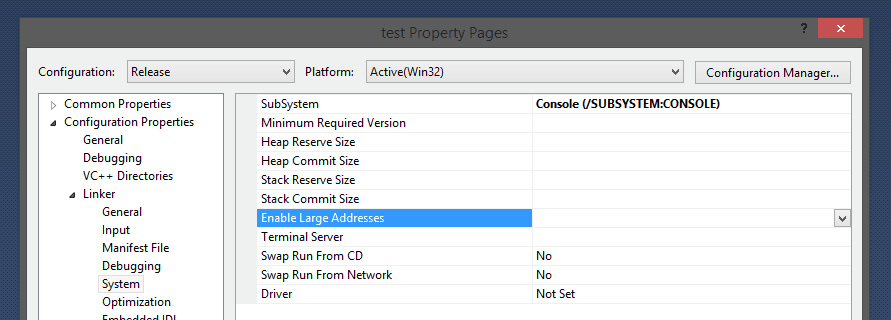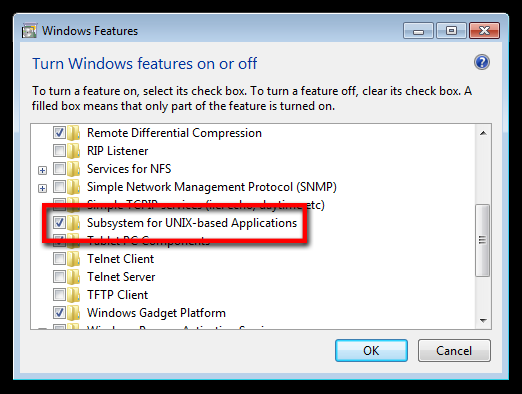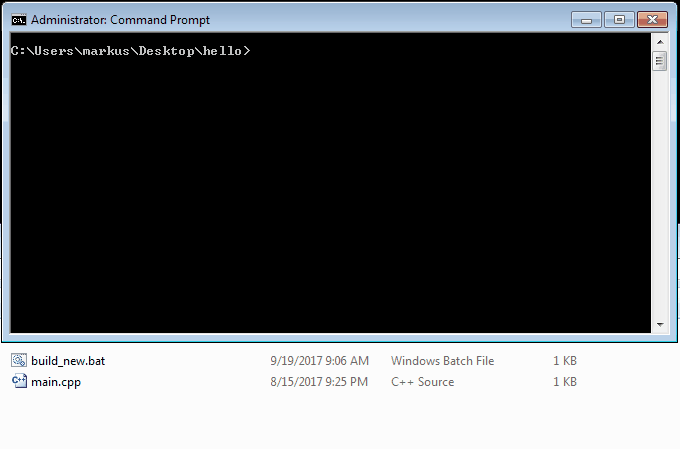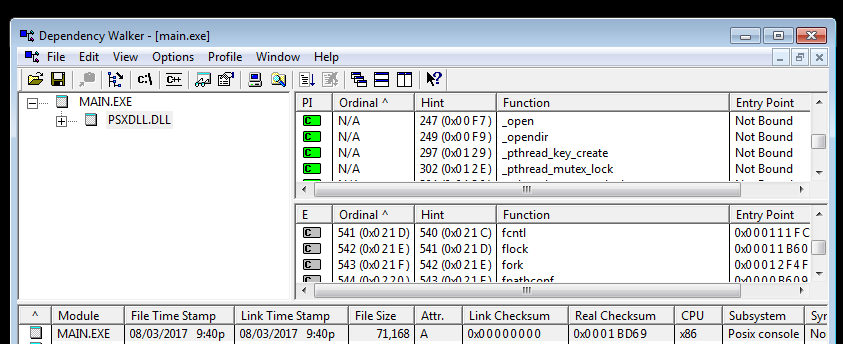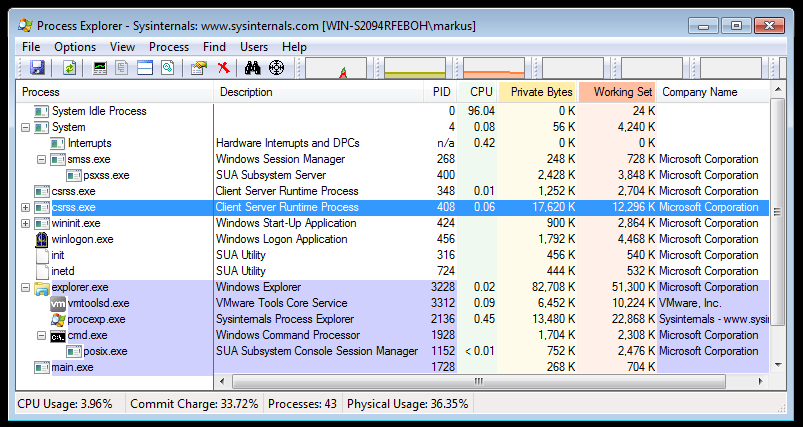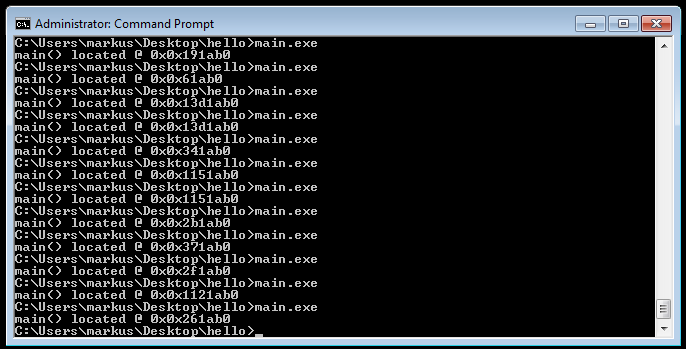Hello World
Compiling Executables for the Classic POSIX Subsystem on Windows
/SUBSYSTEM:POSIX
You’ve seen it before, haven’t you? It’s strange. It’s like a face you passed on the street but can’t quite place. Was it déjà vu? A doppelganger? Maybe the first time you saw it it was in a sea of linker flags on MSDN, or perhaps when fumbling around with the project settings in Visual Studio some years ago.
You lingered for an extra second thinking “What on earth…?” while your eyes glazed over in reverie.
An artifact of evolution and monument to supporting legacy software. It was built by the ancients, forgotten, and left for new generations to rediscover.
No, this isn’t the new Windows Subsystem for Linux. Beneath this flag lay the classic POSIX Subsystem on Windows.
Background
In the late 80’s and early 90’s IBM’s OS/2 and POSIX based systems dominated the computing ecosystem. In an effort to compete, Microsoft developed compatibility layers on top of the NT kernel to both attract developers onto the emerging platform of Windows and qualify for federal contracts seeking POSIX or OS/2 compliant machines.
These compatibility subsystems made it less painful for developers and enterprise to compile their existing POSIX or OS/2 application sources into a Microsoft Portable Executable (an .EXE).
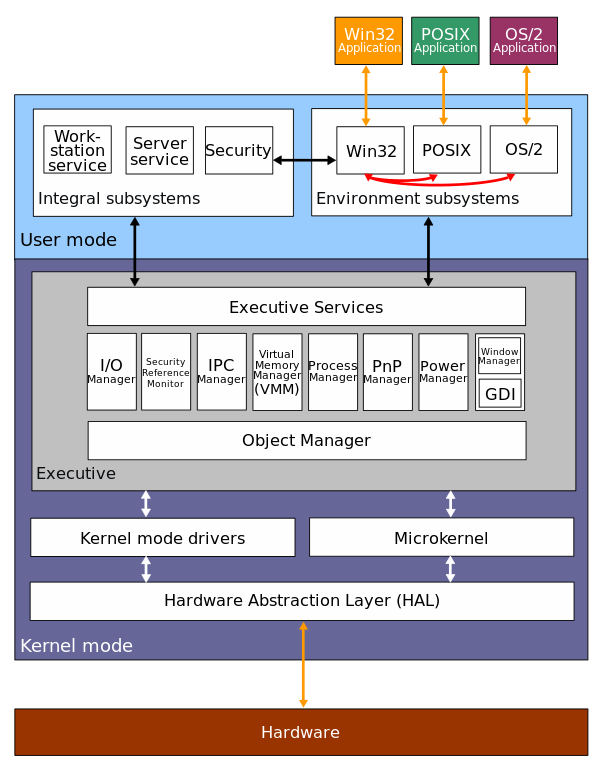
Block diagram of the Windows 2000 architecture (Source)
Windows (NT) came to flourish in the 90’s. But the world of Windows that we know and experience today runs only the Win32 Subsystem. The OS/2 Subsystem was deprecated and removed after Windows 2000, and the POSIX Subsystem was removed over a decade later with Windows 8.1 in 2013.
Wait, what?
“My other subsystem is a POSIX one…”
The classic POSIX Subsystem persisted into ‘modern’ systems (albeit, disabled by default) for the curious to explore and pore over. It was known as the Subsystem for UNIX-based Applications, SUA, or Interix Subsystem.
If you are running the Enterprise or Ultimate SKU of Windows 7 (or Windows 8, but not 8.1) you can enable the Subsystem for UNIX-based Applications from the ‘Windows Features’ dialog.
Compiling
Compiling executables for this legacy subsystem is a lost art in this day and age. There exists no documentation online, and even the SUA SDK offered little insight to actually building new executables. I am not convinced an executable has been compiled for this subsystem in years.
The secret was piecing together the build batch file and locating the relevant SUA libraries.
@SETLOCAL
set PATH=%PATH%;C:\Program Files\Microsoft Visual Studio 10.0\VC\bin
set PATH=%PATH%;C:\Program Files\Microsoft Visual Studio 10.0\Common7\IDE
cl /c /I C:\Windows\SUA\usr\include main.cpp
link ^
/IGNORE:4210 ^
/SUBSYSTEM:POSIX ^
/NODEFAULTLIB:LIBCMT ^
/LIBPATH:C:\Windows\SUA\usr\lib ^
/OUT:main.exe ^
psxdll.lib crt0.o libc.a main.objAfter that, compilation is actually really easy.
- Install Visual Studio 2010 (I have not tested with later builds)
- Enable the Subsystem for UNIX-based Applications as detailed above (and reboot)
- Download and extract my example Hello World Source + Build script:
posix_hello.zip - Open an Administrator Command Prompt to the extracted contents of the downloaded zip
- Run the included
build_new.batfile
These steps yield a Microsoft PE compiled for the POSIX Subsystem.
A Windows POSIX Executable
Inspecting the PE header of the created executable, one can see the 16bit Subsystem field indicates that this PE expects to be loaded by the POSIX Subsystem.
The generated executable only has one dependency, PSXDLL.DLL. It takes no direct dependencies on KERNEL32.dll
A machine enlightened with the POSIX Subsystem now produces a number of interesting processes and services, such as: psxss.exe, init, inetd, posix.exe, and our main.exe.
The subsystem even supports some basic low entropy ASLR for the loaded executable.
Conclusion
The legacy Windows subsystems are rife with history. They offer a unique perspective into the versatile nature of NT Kernel, and the feats of engineering made by Microsoft (and Interix!) in the 90’s to win over devs & consumers alike.
As a product of my exploration into the POSIX Subsystem, I produced two CTF challenges for security enthusiasts looking to dig a little deeper. These challenges exposed hundreds of student teams to this dusty corner of Windows for the duration of CSAW 2016 & 2017.
- Lazarus, Reverse Engineering 300 - CSAW 2016 CTF Finals
- Firewall, Binary Exploitation 400 - CSAW 2017 CTF Quals
- Hello World, Hello World Source + Build script for POSIX Subsystem

